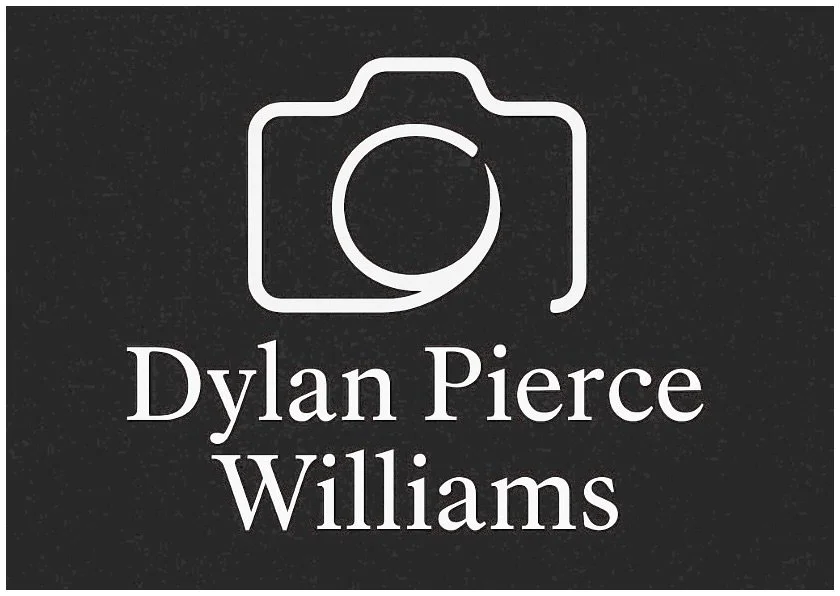Learning to get close
It’s taken me years, decades, really of practice, study, and making plenty of mistakes to feel truly comfortable photographing people, especially up close.
I don’t mean snapping candid shots from across the street with a long lens. I mean getting close. Working with a 28mm lens, where you’re right there, in the thick of it, eye to eye, present.
There are times when it feels easy. Public demonstrations, street parties, carnivals all events where people expect cameras and, for the most part, don’t seem to mind them. In those moments, you can almost feel invisible. The energy is high, people are expressive, and the presence of a camera, in particular something small like my OM1s often blends into the atmosphere. You still have to read the scene carefully and act respectfully, but there’s usually an unspoken permission that comes with public celebration or shared purpose.
But not every situation is like that. Sometimes lifting up a camera, even in a public space, feels like a real act of courage. You can sense it instantly: suspicion, discomfort, sometimes even anger. People worry where the image might end up. Will it be posted on social media? Used without context? Exploited? Or worse used for something more sinister? In a world where personal privacy feels increasingly fragile, it’s not hard to understand those concerns especially if there are children in the scene.
Other times, people simply don’t want to be photographed. They don’t need to explain why. Maybe it’s personal, maybe it’s cultural, or maybe they just don’t like it. And I’ve learned to respect that too.
What I find interesting is that people rarely react the same way to someone holding up a smartphone. There’s something about the sight of a “real” camera, especially one with a good sized lens that seems to signal something different. Maybe it’s more noticeable. Maybe it suggests intent. Or maybe it just reminds people of a time when cameras weren’t in everyone’s pockets.
Over time, I’ve learned not just to see the light and the lines, but to read the atmosphere. To slow down. To not make eye contact and other timea make eye contact. Sometimes even to ask. And more often than not, to walk away when it doesn’t feel right. Because photography isn’t just about making an image, it’s about building trust, moment by moment. I didn’t always know this. I had to learn it. And it’s one of the things I’m still learning, still refining, every time I go out with a camera.
There’s a trend in places like New York where street photographers wait on street corners, sometimes in small group of 3 or more, waiting to photograph people as they walk across the street. I dont think this is wrong, but I can understand why people would feel uncomfortable with this.
Some have built a career on it, Bruce Gilden in particular shines out in this respect, but while that in your face style works for some, it couldnt be further from my approach.
